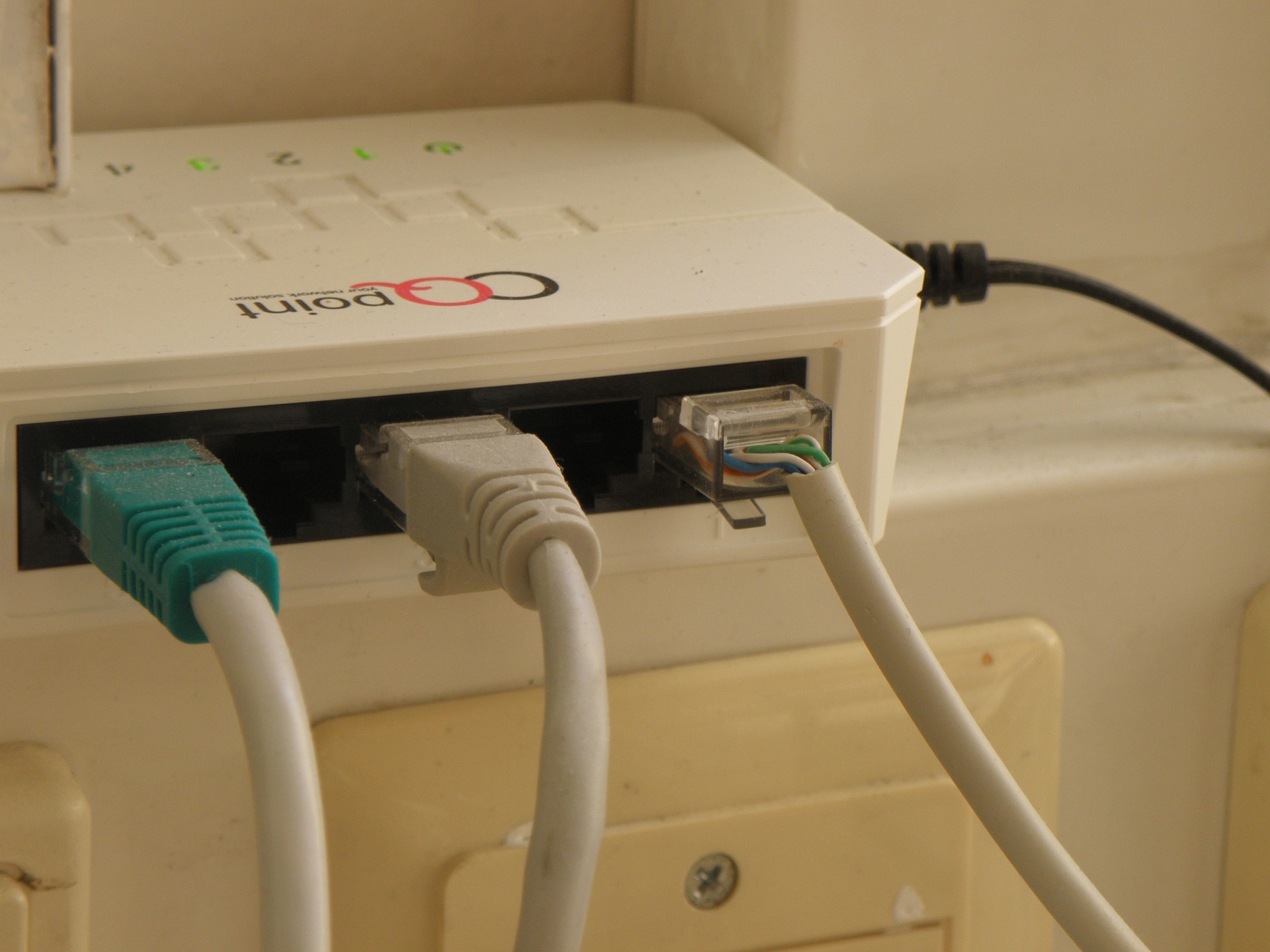Decoding the Future of Telecommunications: The Rise of Terabit Networks
Telecommunications has always been a complex and evolving field. The rise of Terabit Networks, a recent development in the industry, has sparked a new wave of interest and curiosity. Terabit Networks are a notable technological advancement, promising to revolutionize the way we transmit and receive data, with the potential to reshape the telecommunications landscape entirely.

A Historical Glimpse into Telecommunications
The history of telecommunications dates back to the telegraph and the telephone’s invention in the 19th century. The internet’s advent in the late 20th century marked a monumental advancement in telecommunications, paving the way for the digital age. As technologies evolved, so did the speed and volume of data transmission. From Kilobits to Megabits and Gigabits, and now, the industry is gearing towards Terabit networks, promising an unprecedented data transmission speed.
Current Trends: The Push Towards Terabit Networks
The current telecommunications industry is characterized by an insatiable demand for faster internet speeds and a larger data volume. With the increasing reliance on the internet for everything from entertainment to work, the pressure on network providers to deliver efficient, high-speed services is immense. Enter Terabit Networks, a solution that promises to deliver data transmission speeds of up to one trillion bits per second.
The Impact of Terabit Networks
The impact of Terabit networks on the telecommunications industry and beyond is vast. Internet service providers could offer unparalleled speeds, drastically reducing buffering and loading times for consumers. Enterprises could transfer large amounts of data quickly and efficiently, improving business operations and productivity. However, implementing Terabit networks also presents challenges, chief among them being the need for significant infrastructure upgrades and the cost associated with it.
Practical Applications and Challenges
Terabit networks have broad practical applications, from streaming high-definition videos without interruptions to enabling seamless video conferencing and improving cloud computing services. They could also revolutionize industries that rely heavily on data transmission, such as healthcare and finance. On the flip side, the implementation of Terabit networks involves overcoming several challenges, including the need for advanced optical technologies and the associated costs.
A Forward-Looking Approach
As the telecommunications industry continues to evolve, Terabit networks could be the next big leap. They hold the promise of transforming the way we transmit and receive data, offering speeds that were once thought impossible. While challenges remain, the potential benefits of Terabit networks are too significant to ignore, making them a compelling area of exploration in the rapidly evolving telecommunications landscape.




